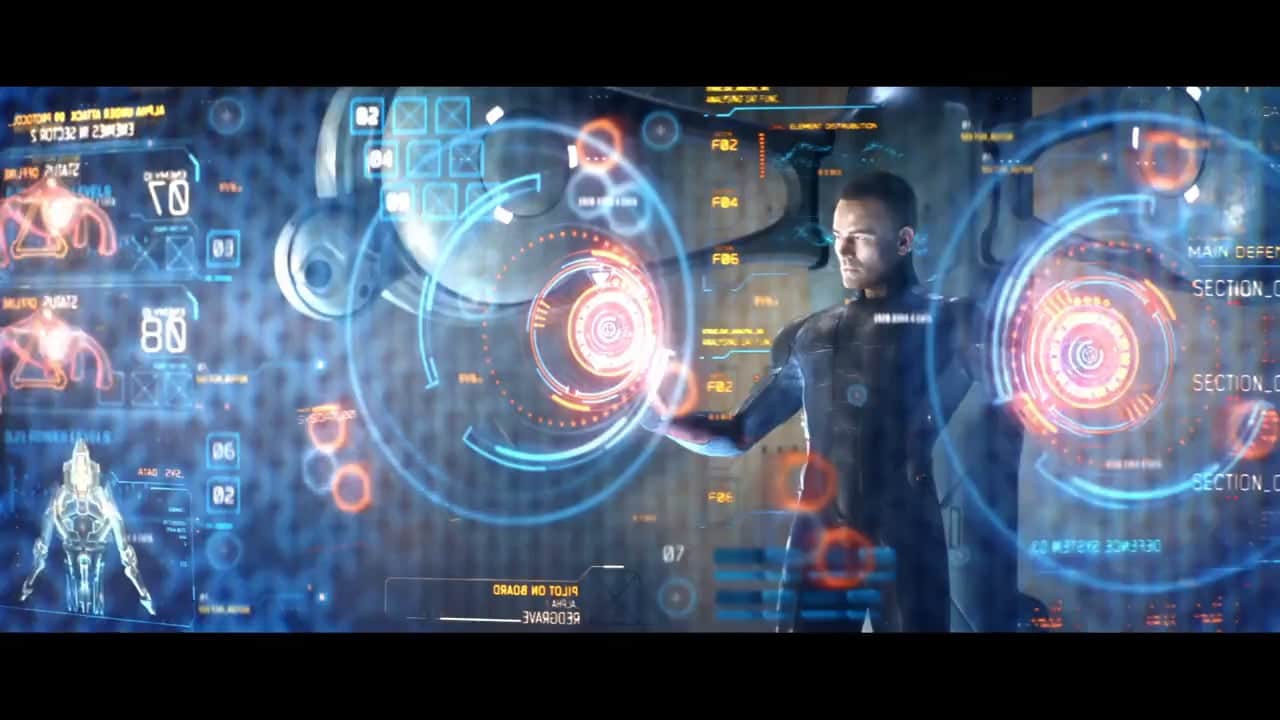Kiran Nataraj, Founder and CEO at Entrib Technologies is an Entrepreneur who is passionate about problem solving. From the Year 2010 Entrib Technologies is on a mission to increase productivity on manufacturing shop floors and add tremendous value to the “Industrial Internet Of Things”.
Q Why is a 360 Degree view of Industry required? What are the extreme possibilities that exist?
A Given that you can take decisions faster in today’s scenario – the impact of such decisions need to be seen either before hand (predictive analytics) or at the least immediately. A 360 degree view allows people to look at the impact of any decision (based on analytics). Since IoT implementations allow for automated feedback and control – the 360 degree view becomes more important – you are now relying more and more on software and analytics to do the job – but keeping an eye on it obviously is needed.
Q In your perspective how would you marry IoT with Predictive Analytics?
A IoT serves two purposes – analytics for real time control / feedback augmented with data from different sources and prevention / prediction – specifically failure, with predictive analytics. The single biggest loss in any manufacturing industry is when a machine is not working – if failures can be predicted and planned for – then you can minimize down time. For predictive analytics to work – you need to have, and process, a whole lot of data – prediction can only be done by looking at past data – IoT helps build that data up. To do more analytics – you need to make sure that you have all the data – so capturing more data points – even though you think you may not need it now, becomes more easy with IoT. If in doubt – capture data!
Q What is “Cognitive Alerting”? How is it different from Cognitive Analytics for Shopworx?
A Cognition is defined as the “action or process of acquiring knowledge and understanding through thought, experience, and the senses”. Experience is obviously from what has happened in the past – learning from that and senses is the real time inputs that are there with you.
Cognitive alerting is a subset or specialized use case of cognitive analytics. The learning part of alerting comes from observing behavioral patterns when responding to alerts. So it does not just know whom (or what) to alert and when – it is about learning from behavior combined with real time inputs – to get the most efficient response to an alert. It could be as simple as alerting the nearest (location input) maintenance personnel who has a high success ratio on particular types of machines for fixing a machine down of that make.
Q What mechanisms must be in place for Cognitive Alerting?
A From a technology standpoint – communicating technologies – in that sense integrating with voice, messaging, email, push notifications, etc become a basic necessity. Other inputs like location data, etc . are useful. The other important bit is the ability to get information from feedback and control systems. This is so that a history (of experience) is built with respect to alerts raised – whether the response was successful, at what response time, what action was taken etc.
Q How are you solving the problem of Device Discovery in Industrial IoT ?
A Currently we are figuring out which upcoming protocols / standards to put your weight behind. E.g. there are a lot of wifi based discovery protocols – whether it will be suited for the shop floor – that needs to be evaluated. Some of the more advanced stuff is under development.
Q What are the advanced Data Visualisation and analytical tools that you recommend for a manufacturing unit that you current work with?
A ShopWorx J . On a more serious note – there are a lot of generic visualization tools – the key problem to solve is not which tool to use – but more importantly what to look at! What we have learnt is the use of simple dashboards are effective for the shop floor. This dashboards mimic the actual process or production on big TV – so as to make it more relevant. For desktop or laptop based – developers can use a whole lot of freely available tools to build great graphs or charts out. D3JS is a good developer tool – also High Charts (paid). Stand alone tools (which need training and additional hardware) like Tableau can be used as well, these days Zoomdata is getting good traction.













